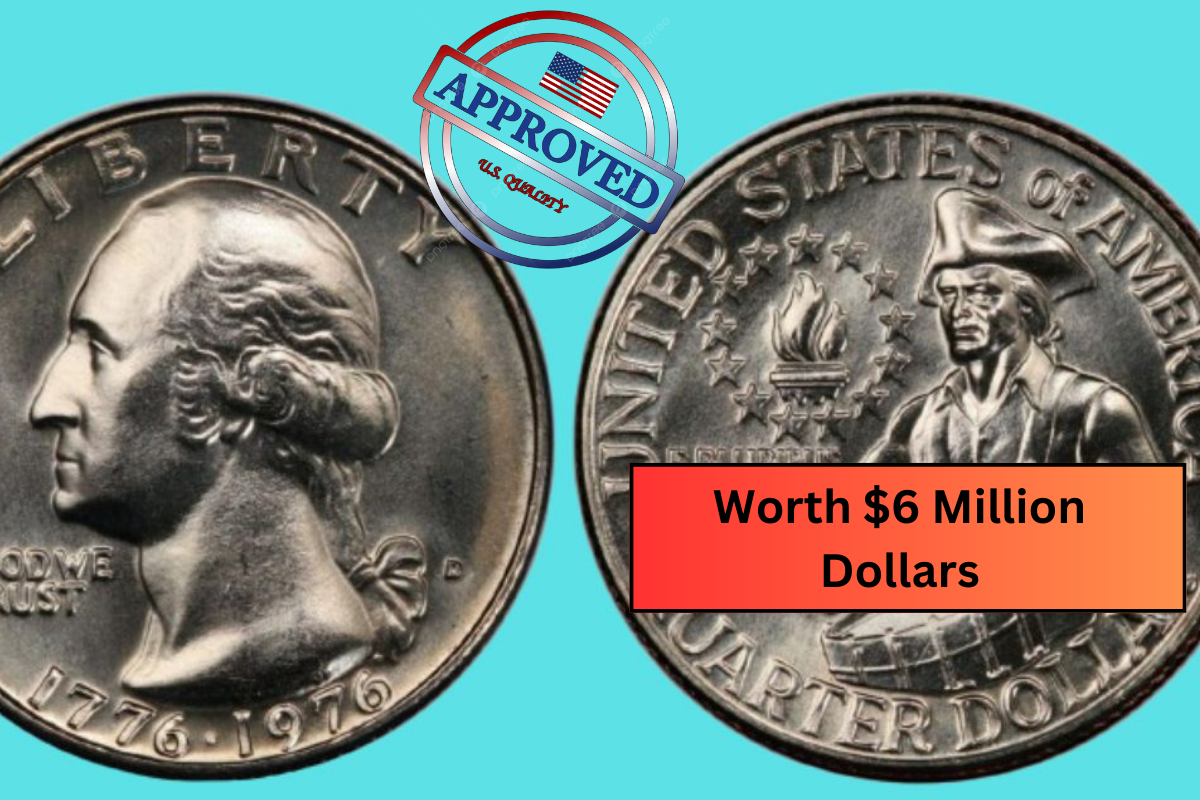Have you ever rifled through your pockets or that old jar of coins sitting on your shelf and wondered if you could strike it rich? Well, brace yourself! There are rare dimes and rare Bicentennial quarters worth millions of dollars that are surprisingly still in circulation. In this article, we will delve into what these precious coins are, how you can identify them, and their incredible value.
Understanding Rare Dimes and Their Value
When we talk about rare dimes, the 1894-S Barber Dime comes to mind for avid collectors. Only 24 of these were minted, and if you have one, it could fetch upwards of a million dollars! Imagine finding that little silver disc just lying around. But what makes these dimes so valuable? It’s all about their rarity and condition. Coins in mint condition naturally command higher prices. So, if you ever find an old dime, check its mint mark and year!
What Makes a Dime Rare?
The rarity of a dime is determined by a combination of factors, including:
- Mint Year
- Mint Mark
- Condition (grade)
For example, dimes minted before 1965 are made of silver, making them more attractive to collectors. If you stumble upon a 1942 Mercury Dime, you might be holding a small fortune in your hand!
The Bicentennial Quarter: A Hidden Gem
Now, let’s shift gears to the rare Bicentennial quarter. These coins were produced to commemorate the United States’ 200th birthday in 1976. While many people think of them as just another quarter, some specific versions are incredibly valuable. For instance, the 1976-S proof quarter can be worth about a million dollars, especially if it’s in uncirculated condition.
Identifying Rare Bicentennial Quarters
If you want to check if your quarter is worth a small fortune, here’s what to look for:
- Check for the “S” mint mark which indicates it was minted in San Francisco.
- Look for the condition; uncirculated coins or those graded as “proof” hold higher value.
- Double-check for any unique errors or variations that might exist.
How to Find These Coins in Circulation
You might be wondering, “How on earth can I find these rare dimes or Bicentennial quarters?” Well, it’s all about being vigilant. Check your change when you make purchases or while rummaging through old piggy banks. I mean, it’s just like finding a needle in a haystack, but isn’t it worth a shot? Who knows—your lunch change could’ve just made you a millionaire!
The Thrill of Coin Collecting
Coin collecting isn’t just about striking it rich; it’s also a fascinating history lesson. Each coin tells a story about the era and culture during its production. You could say that every time you flip a rare coin, you’re flipping through history.
Conclusion
In conclusion, rare dimes and rare Bicentennial quarters worth millions are indeed still in circulation and ripe for discovery. Whether you’re an avid collector or just someone hoping to strike gold in your spare change, it’s time to check those coins! Remember, it’s not just about the money; it’s about the thrill of the hunt and the history each coin carries.
FAQs
1. How do I know if my dime or quarter is rare?
Start by checking the year and the mint mark on the coin. Rarer dates and mint marks generally indicate higher value.
2. Are all dimes from before 1965 worth a lot?
Not all are highly valuable, but those made of silver are more sought after compared to modern dimes.
3. How can I clean my coins?
It’s best not to clean your coins, as this can decrease their value. Collectors prefer coins in their original condition.
4. Where can I sell my rare coins?
You can sell your rare coins at coin shops, auctions, or online marketplaces where collectors gather.
5. Is coin collecting a good investment?
Coin collecting can be a worthwhile investment, but it’s essential to do thorough research and not invest more than you can afford to lose.
